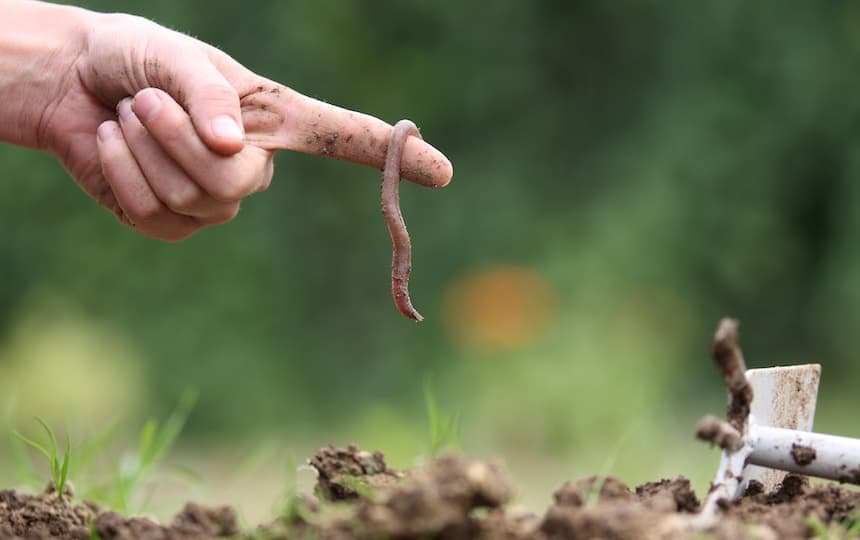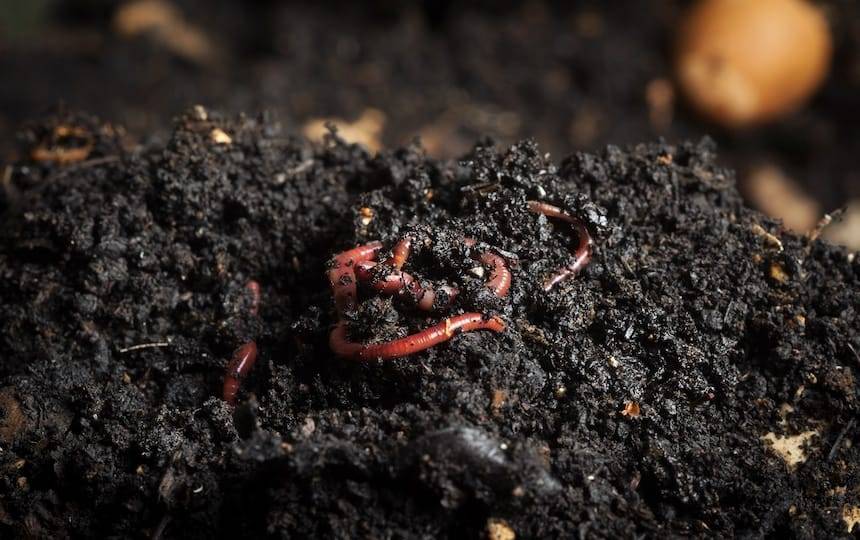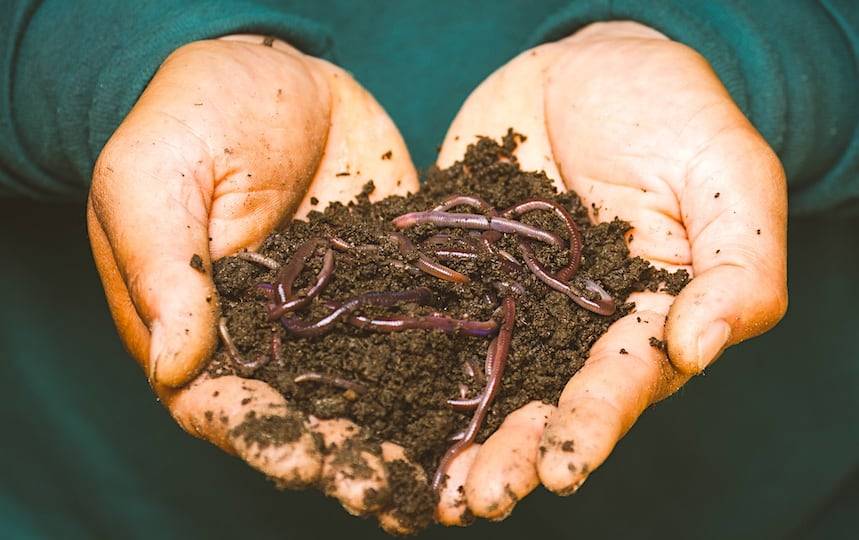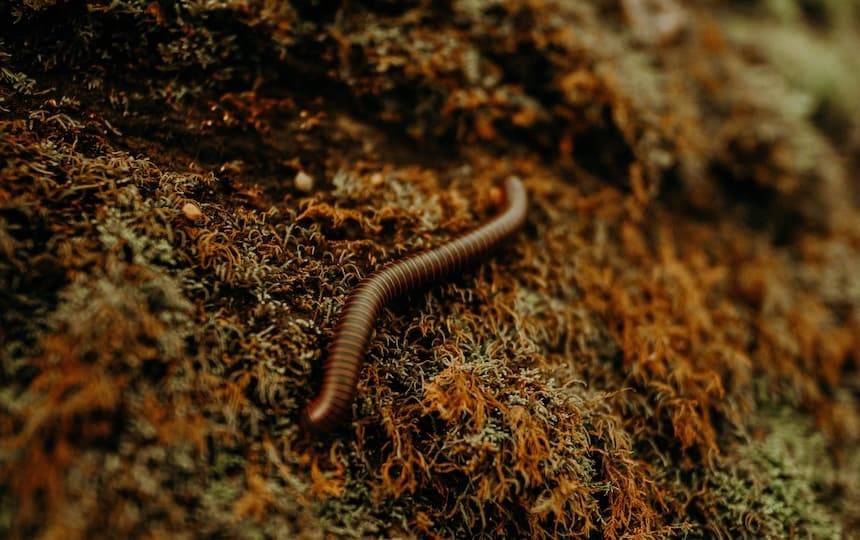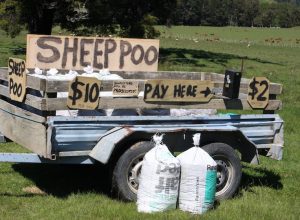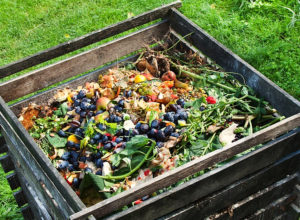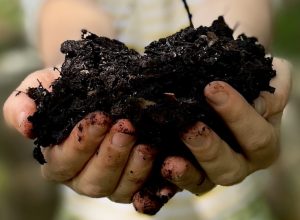Looking to compost your food waste? Worm composting is one of the best ways to dispose of your kitchen scraps. Find out more with our beginner’s guide.
Composting worms can be considered the ultimate suburban animal. They’re quiet, cheap, loyal and useful. They don’t need walking, grooming or vets.
As a permaculture animal, they excel. They survive entirely on leftovers and waste, and their voracious appetites can reduce landfill contributions by up to half while giving you rich castings and liquid fertiliser.
There are three main worm categories: anecic (deep soil dwellers), endogeic (medium depth soil dwellers) and epigeic (top layer dwellers – composting worms are this type, and over 90% of them are Tigers, Reds or Indian Blues).
Worm composting: Functions in a permaculture system
Worms convert waste into garden magic in the form of castings, aka worm poo. Castings are full of beneficial microorganisms which build fertility in the soil continuously. They’re very high in organic matter and humates, which are extremely important to plant and soil health.
In addition to castings, worms produce worm juice, which is also full of beneficial microorganisms. This is liquid gold when diluted and can be used on all plants.
Feeding your composting worms
Composting worms eat nearly anything: all manure (except fresh poultry manure which is generally too high in nitrogen, although well composted it’s okay), food scraps, grasses, and dead and decaying leaves. Worms will eat their body weight daily in the right conditions, so a kilo of worms will eat a kilo of food. As they double their numbers exponentially, they’ll consume more food.
Worms do not eat any living plant matter, so they’ll never harm a living plant nor will they eat plant roots or seeds. They don’t have teeth, so harder or larger items are best chopped into smaller sizes. The smaller the pieces of food, the more surface area there is for bacteria to start breaking down the food, making it easier for the worms to consume.
Worms should be fed regularly and in small amounts (no more than what they’ll eat in two to three days). If you add in too many food scraps, they can’t eat it all, so it becomes acidic and will have a terrible smell.
Overfeeding is the most common cause of dead worms and a bad odour is the first telltale sign. The simple solution is to stop feeding them and add more “browns” like dry grass, straw and shredded paper or cardboard. This helps to aerate their environment, neutralise the pH and prevent anaerobic conditions.
If you end up with fruit flies in your worm farm, bury the worm food deep under their bedding where the flies are less likely to lay eggs.
Worms will eat rotting citrus, onion and garlic, but they must be rotting before the worms can get stuck into them. These plants have natural anti-bacterial agents, so it takes longer for the bacteria and other microorganisms to break them down to soften and rot them.
Worms will eat meat, dairy and bread in moderation but they must be well buffered with browns (shredded card- board, straw, old manure, etc), Meat may attract rodents and get smelly if not eaten quickly. So if in doubt, leave it out!
Housing your composting worms
Compost worms live in the top layer of rich organic matter. Their home needs to be moist but not wet and a cool/warm temperature of 16–27°C is ideal for your worms.
Their home should also be dark and safe from predators. Bedding can be any well-aged and rotted down organic matter such as horse or cow manure, wet and shredded cardboard or paper, peat moss, straw or dry grass.
Worm farms can either be bought (there are lots of different designs and sizes commercially available) or you can use an old bathtub, fridge, wheelbarrow or even a bucket to make your own.
Or you could make your own worm tower, which can be dug into your garden to be used as a continuous fertilising station. Check out our video tutorial here to learn how.

